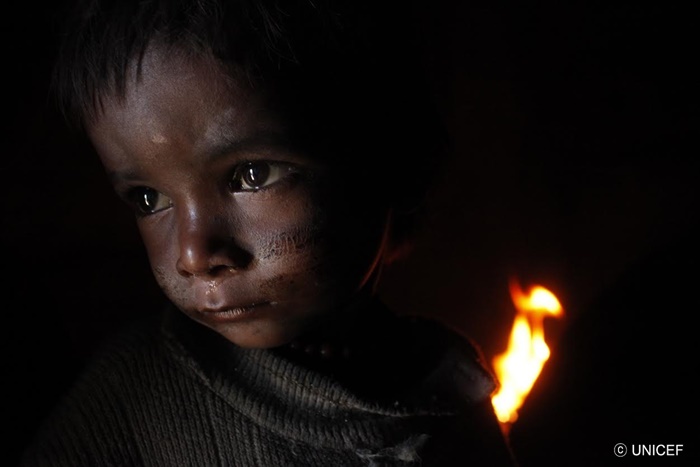유니세프한국위원회(사무총장 서대원)는 대지진으로 인해 막대한 피해를 입은 네팔에서 어린이들을 위한 긴급 지원이 필요하다고 26일 밝혔다.
네팔 수도인 카트만두 인근에서 발생한 7.9의 강진으로 지금까지 1천 800명 이상이 사망하고, 3천 명이 부상을 당했다. 특히 이번 지진으로 카트만두 시내의 건물과 유적물, 도로 등이 파괴되었고, 통신망과 전기 마저 끊겨 피해 현장에 접근하는 일조차 어려운 상황으로 피해 규모는 계속 늘어날 것으로 예상된다.
현장에 있는 유니세프 네팔 현지 직원 루파 조시(Rupa Joshi)는 “오랜 시간 지속된 강한 지진의 여파로 카트만두 지역의 많은 사람들은 공포에 떨고 있다. 온몸 전체가 먼지로 뒤덮여 있는 어린 아이들의 모습에 지진의 엄청난 피해를 실감하고 있다”고 현재 상황을 전했다.
유니세프는 “네팔 인구의 40% 이상이 어린이”라며, “지진 이전에도 영양, 보건, 식수위생, 보호 등 여러 면에서 열악한 삶을 살았던 네팔 어린이들에게 ‘언제나 너희들을 위해 함께하겠다’고 약속했듯이 어떠한 위험이 있어도 네팔 어린이들을 위한 긴급 구호 활동을 지속할 것” 이라고 밝혔다.
유니세프는 25일 지진 발생 직후 식수정화제가 포함된 식수정화키트, 방수포, 필수영양제, 담요 등 긴급구호물품 지원 준비를 모두 마친 상태다. 26일부터 네팔 정부와 함께 피해 어린이들을 위한 영양, 식수위생, 보건, 보호사업을 펼쳐 나갈 계획이다.
또한 유니세프한국위원회는 네팔 지진 피해 어린이들을 위한 긴급 구호를 시작한다. 유니세프한국위원회 홈페이지(http://www.unicef.or.kr/nepal)를 통해 구호 활동에 동참할 수 있다.
한편, 유니세프한국위원회 친선대사 자격으로 신경숙 작가가 이번 네팔 대지진 참사에 대한 관심과 후원을 위한 글을 전했다. 신경숙 작가는 “2013년 스쿨스 포 아시아(Schools for Asia)로 네팔에 가서 만났던 아이들의 해맑은 눈동자가 떠오른다” 며, “우리의 일은 재난 앞에 선 그들의 슬픔과 고통을 보고 있지만 말고 나서서 함께 연대하는 것”이라고 네팔 어린이들에 대한 관심을 촉구했다.








댓글 남기기